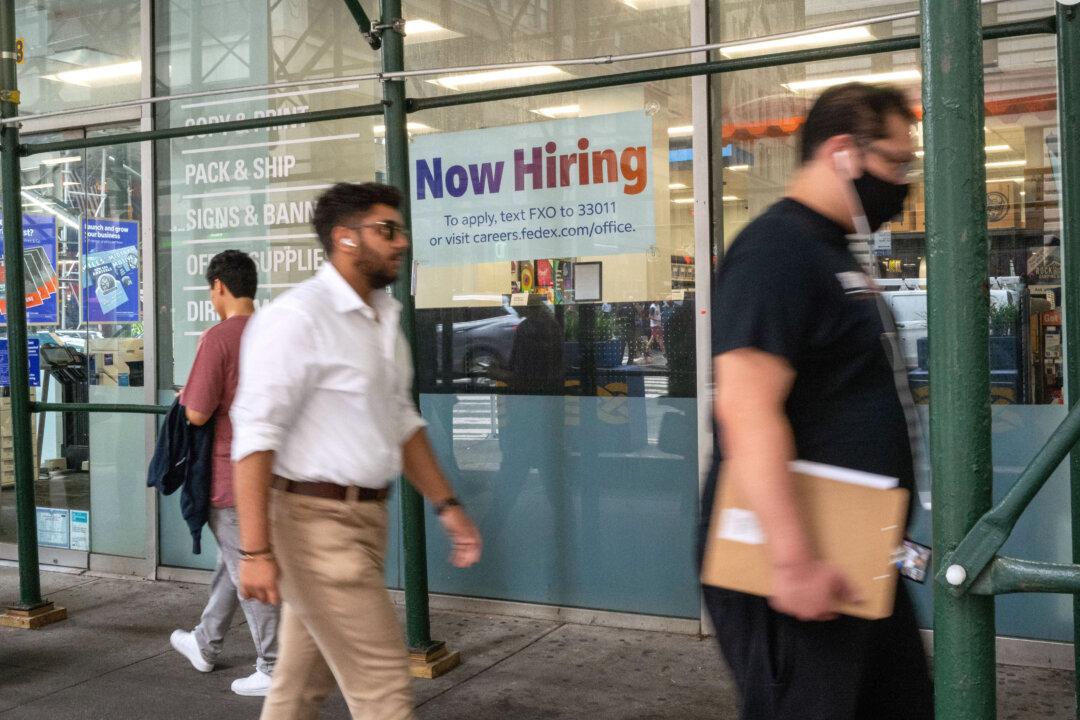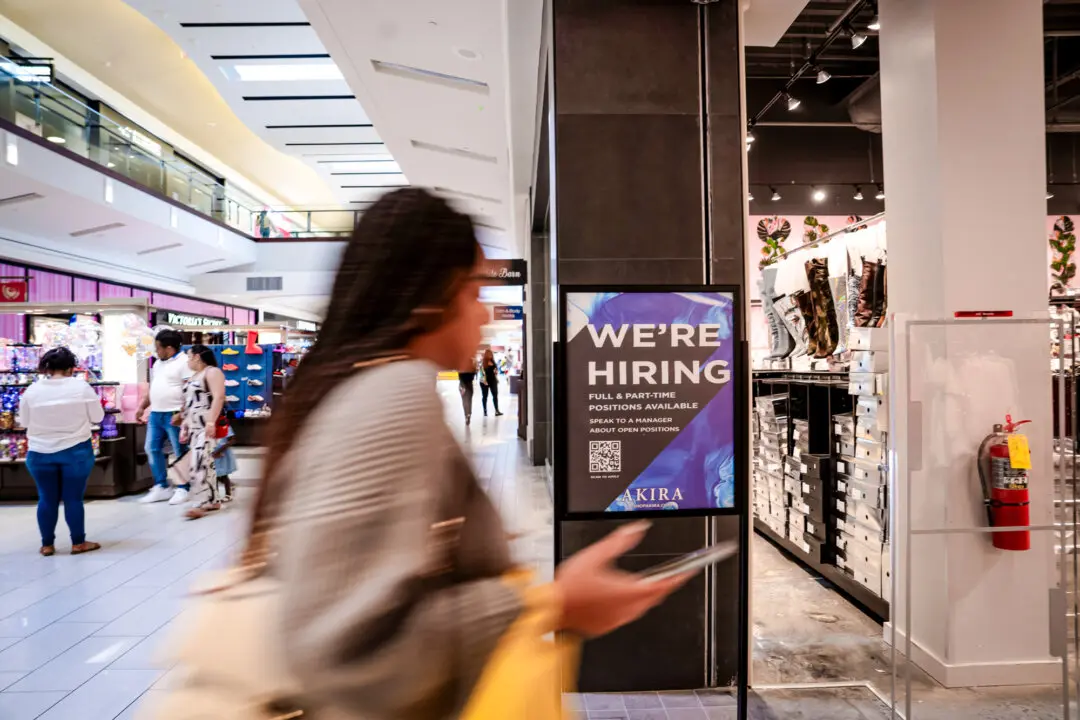The U.S. economy added 339,000 new jobs in May, up from 294,000 in April, the Bureau of Labor Statistics (BLS) said in a June 2 report. That’s higher than the consensus estimate of 190,000.
The unemployment rate rose to 3.7 percent last month from 3.4 percent. It also topped market forecasts of 3.5 percent.





